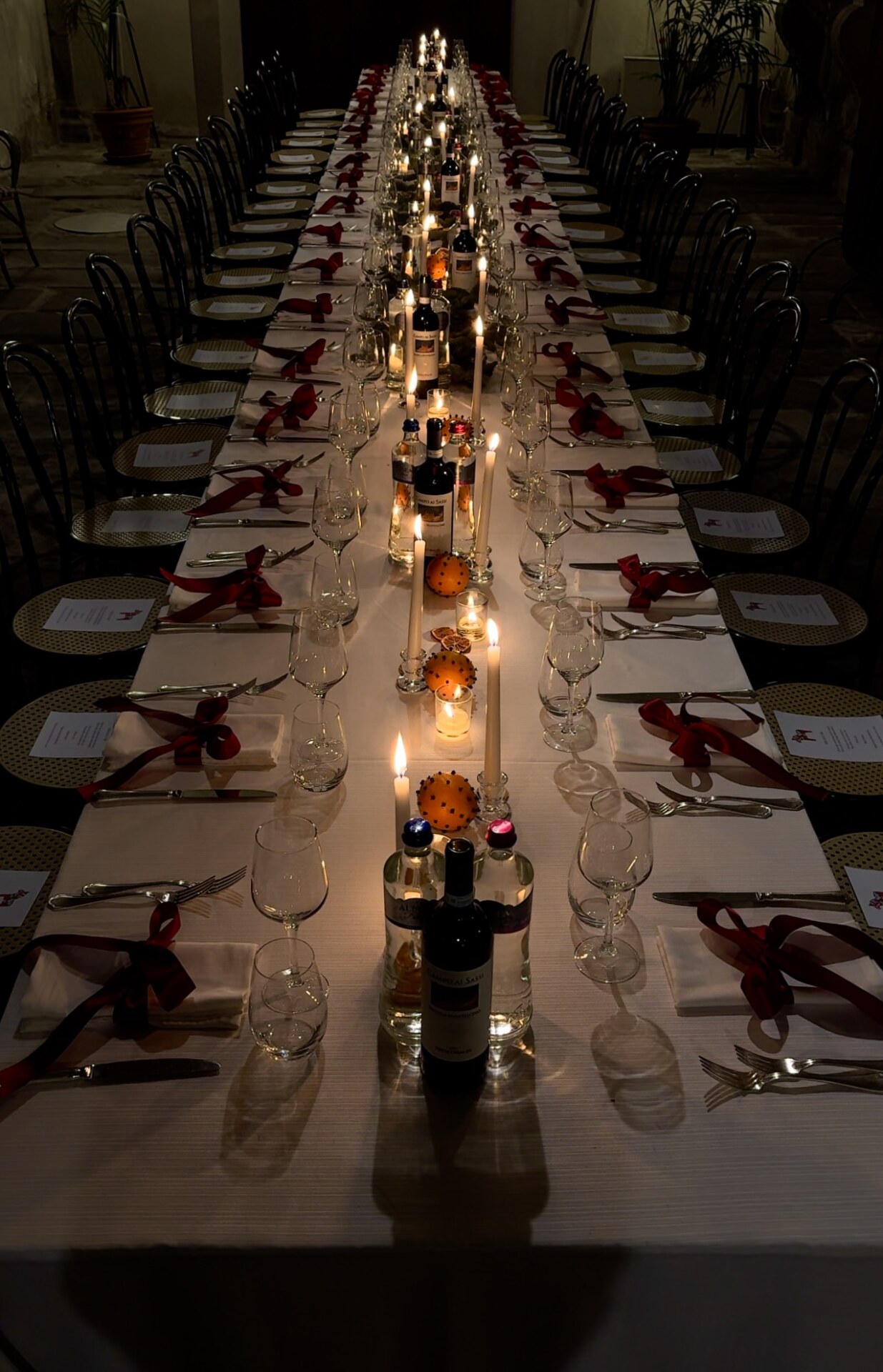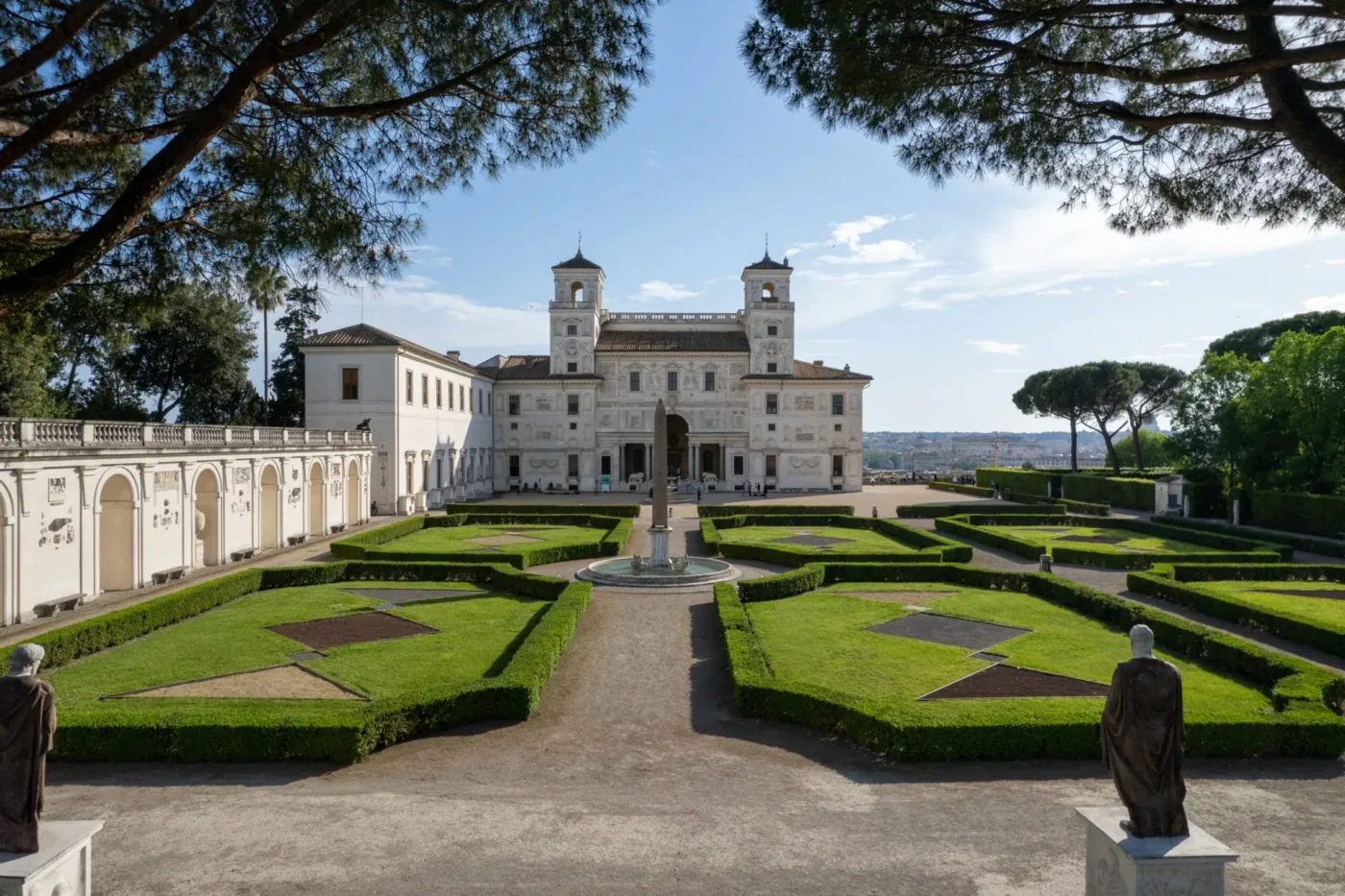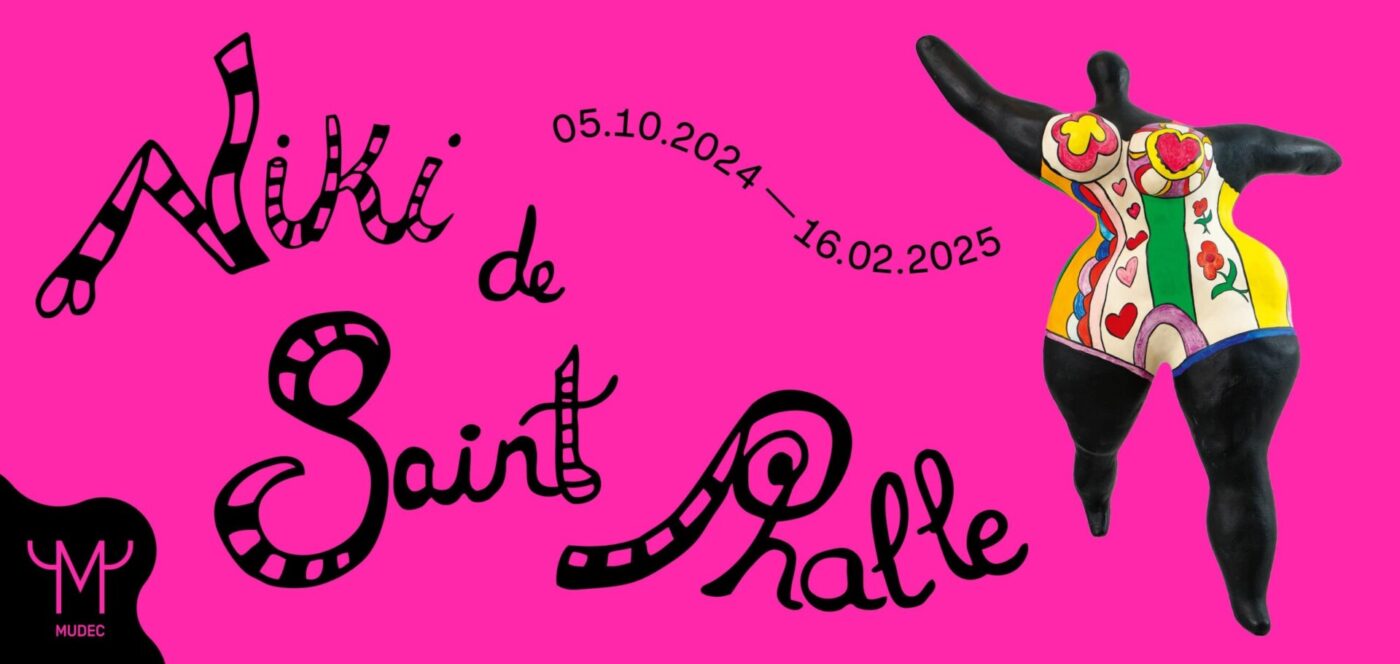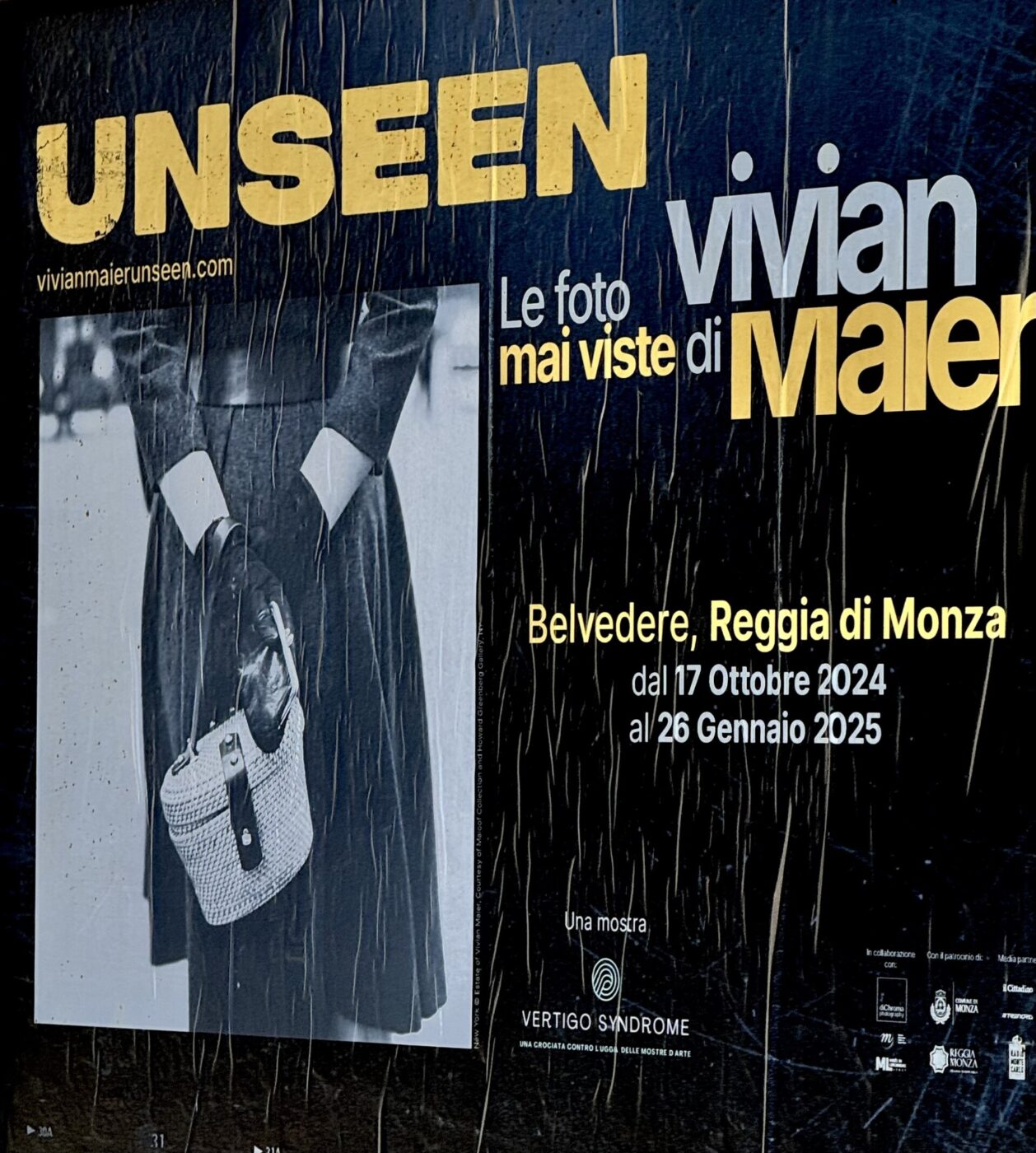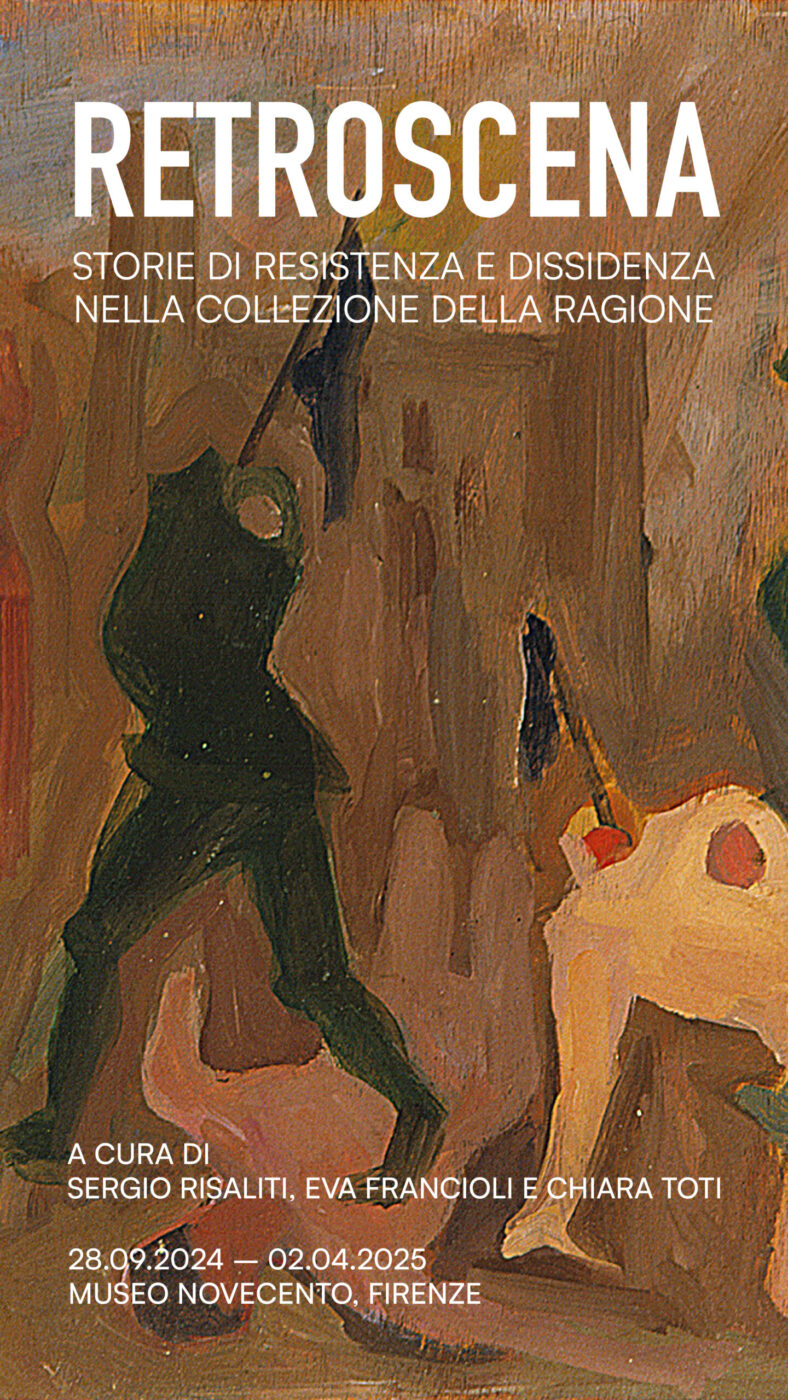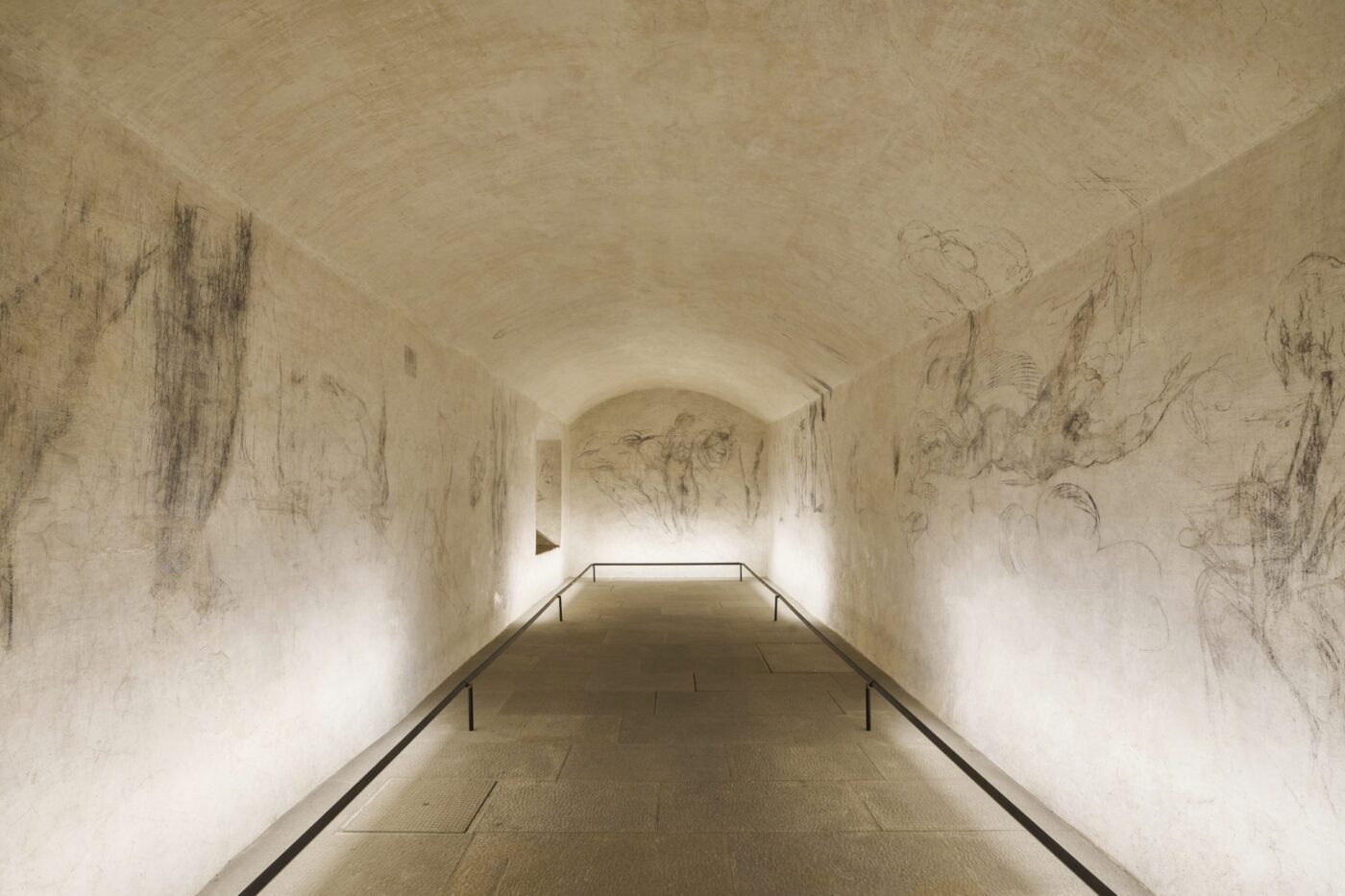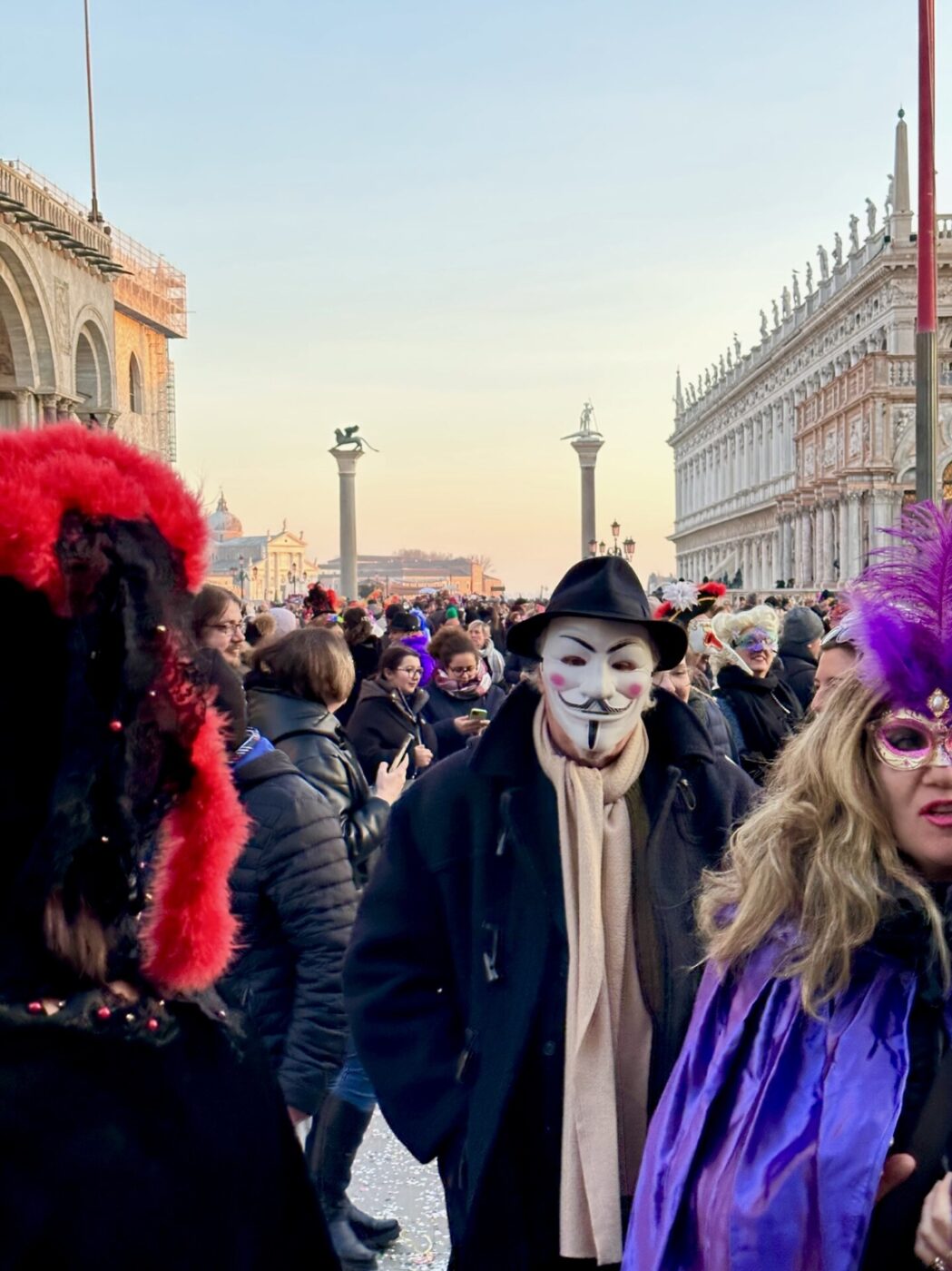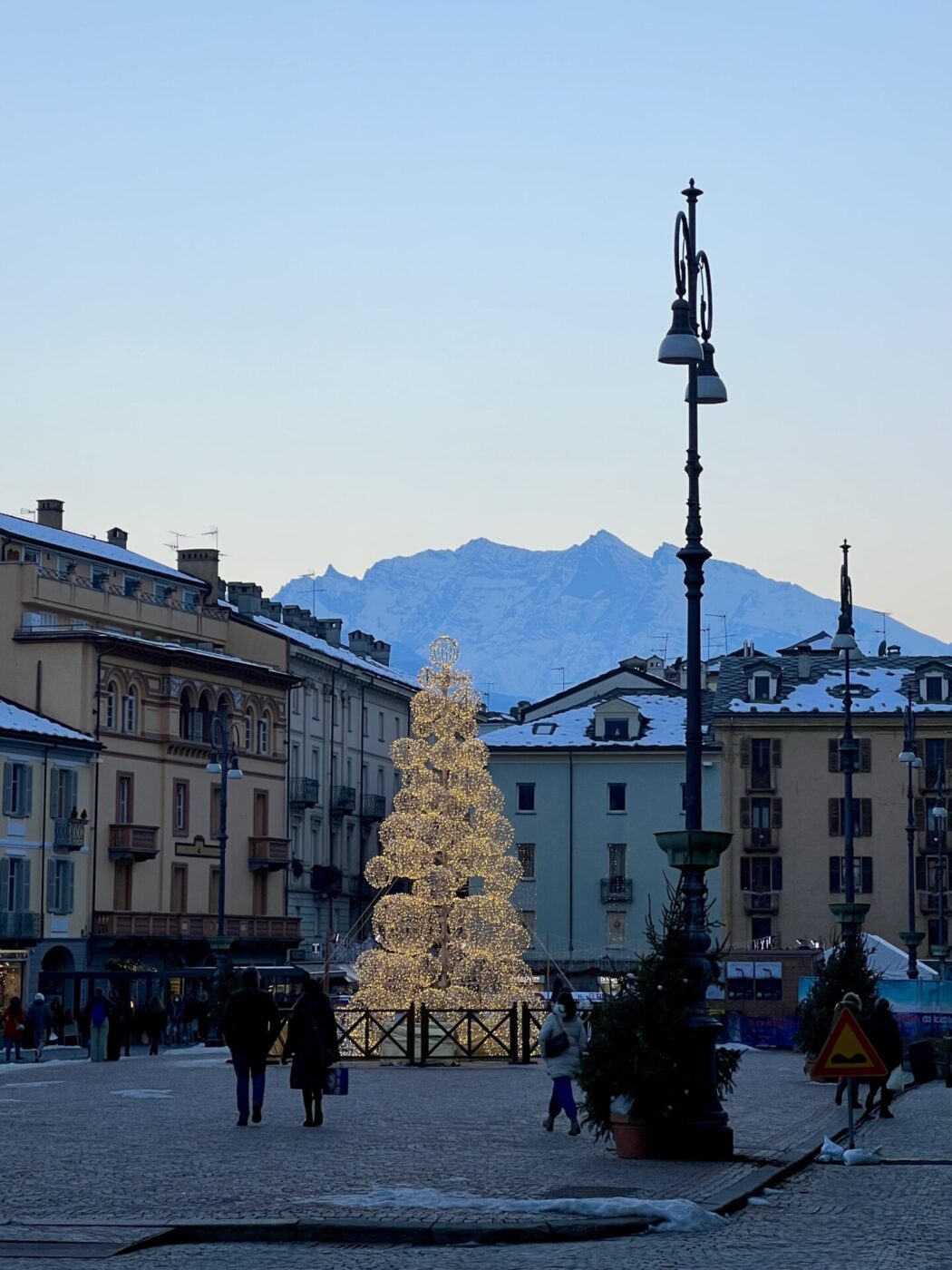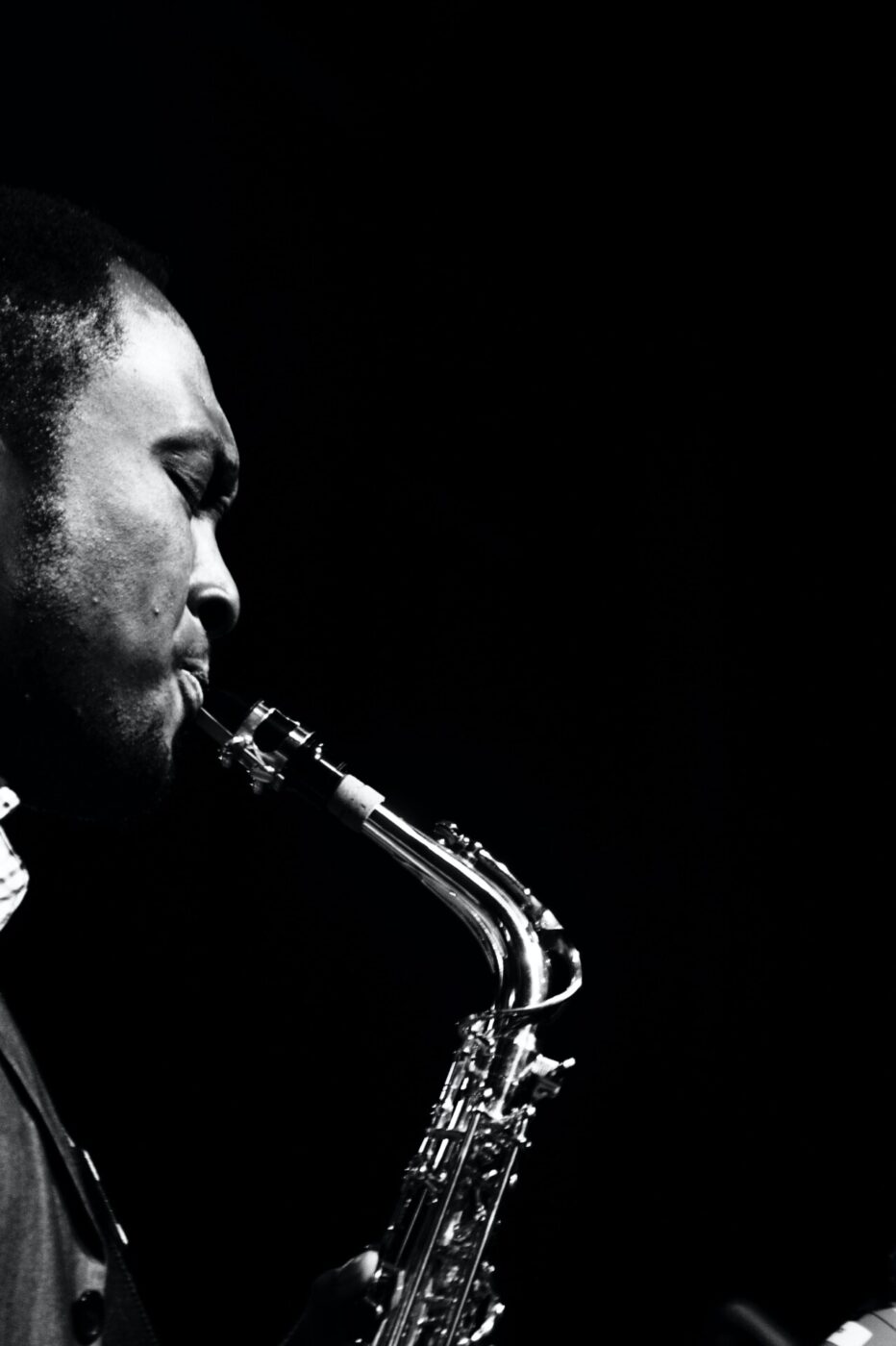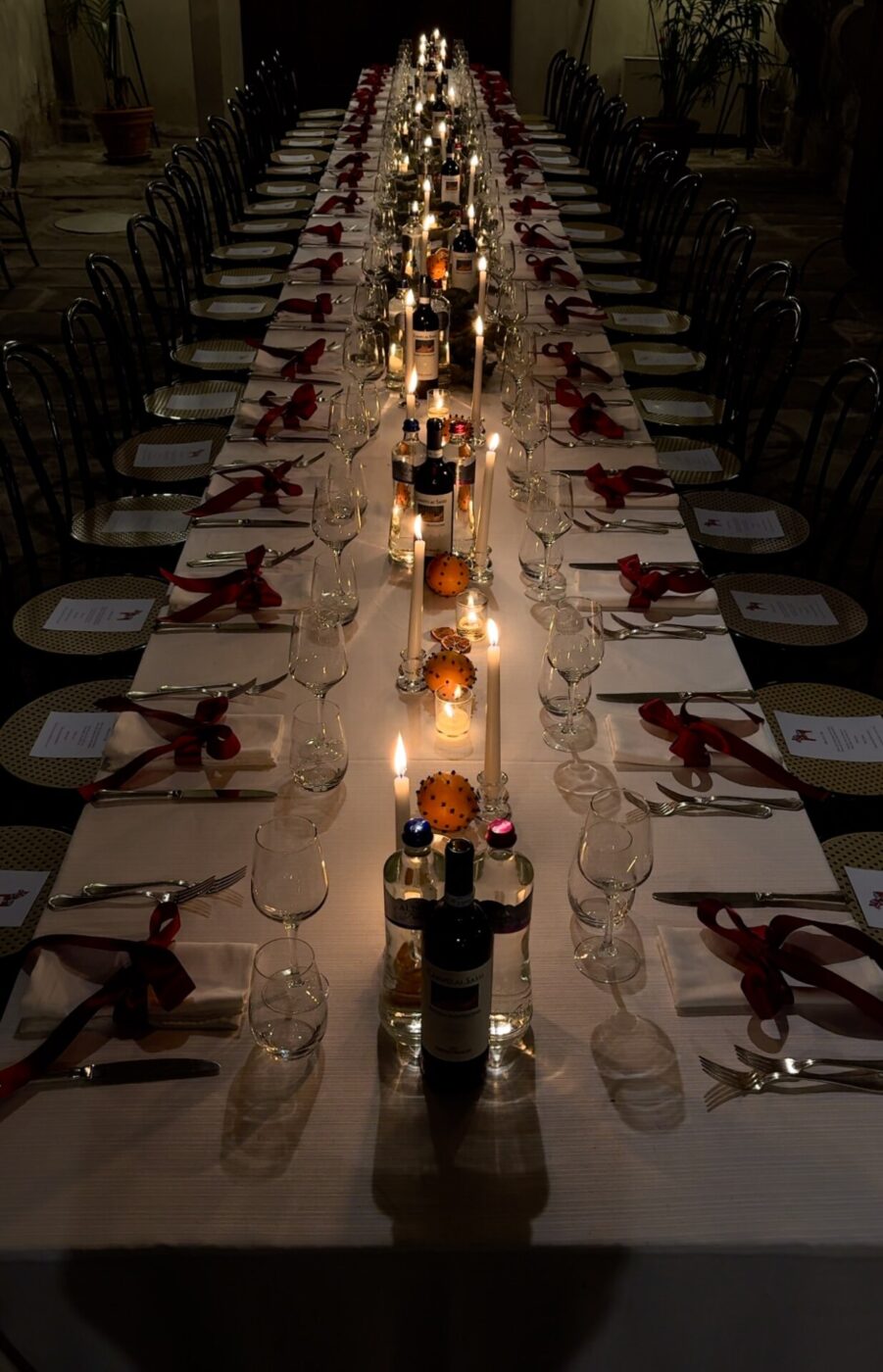ROME
“Il Canto delle Sirene, L’acqua Raccontata dagli Artisti” (The song of the sirens, water told by artists), Villa Medici – Until Jan 13th
Following the “stories of stones” from 2023, Villa Medici continues its exploration of the elements with an artistic journey of water through the works of more than 30 international contemporary artists, with 10 pieces conceived specifically for the occasion.
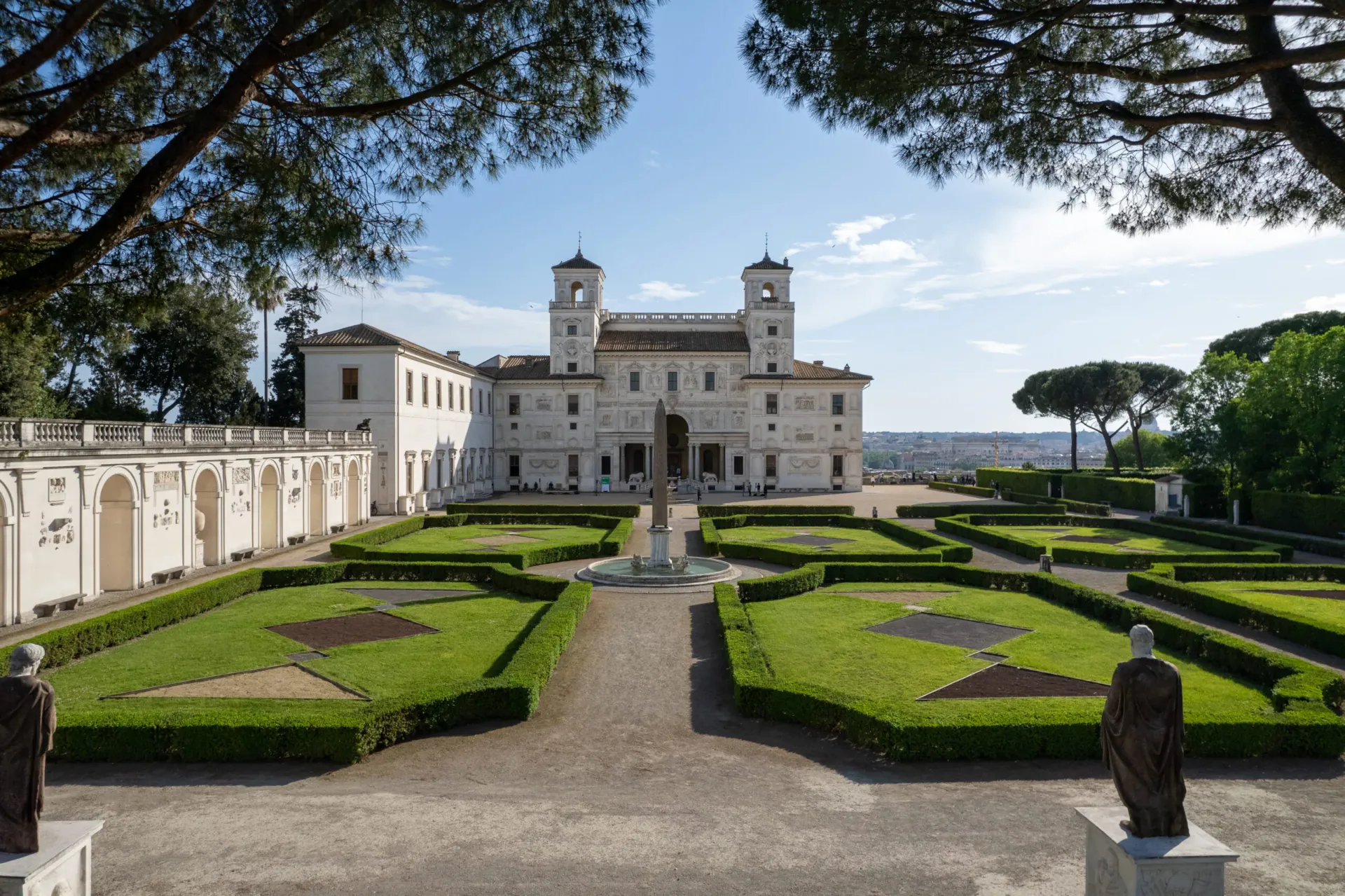
Courtesy of Villa Medici
“Botero”, Palazzo Bonaparte – Until Jan 19th
This retrospective honors Colombian artist Fernando Botero, displaying his iconic paintings, watercolors, sculptures, and rare works. Botero’s vivid, voluminous figures blend surrealism with South American influences, creating a world that’s both familiar and fantastical.
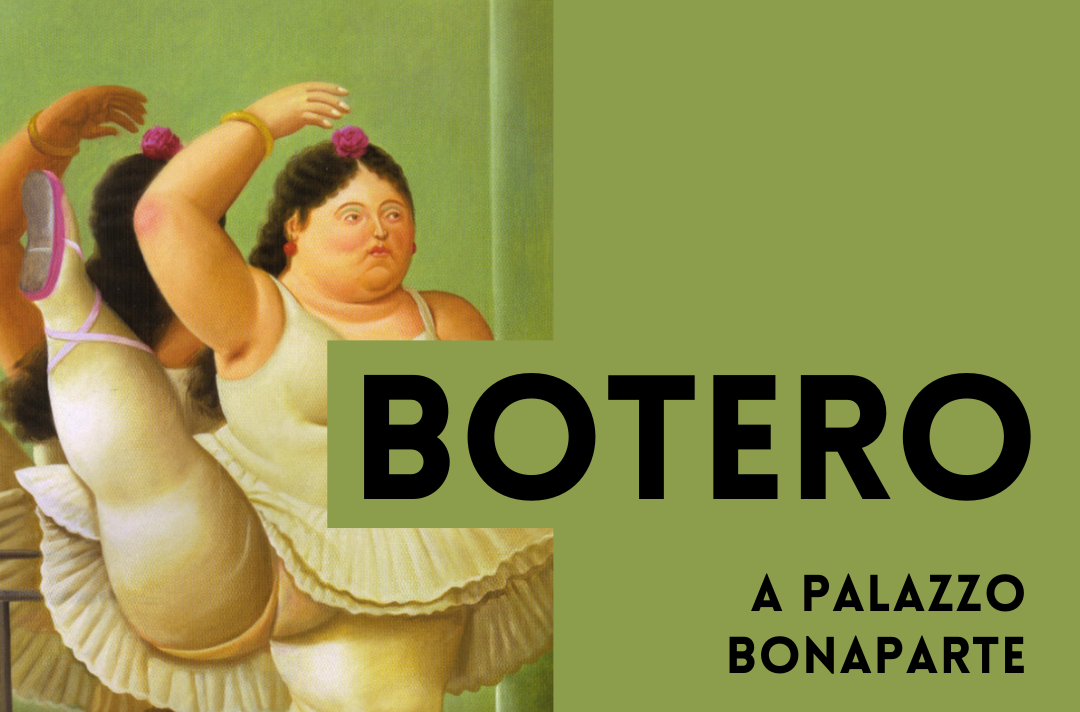
Supernova Project – Until Oct 2026
Kicking off last fall, Fons Olei aims to empower artists–both Roman and international–by providing a platform to explore the relationship between nature and humankind through performance art. Over three years, 12 curated exhibitions will delve into themes of empathy, intimacy, and loneliness in nature, employing various art forms to engage the community. The project, in Piazza di Santa Maria in Trastevere, also strives to support underrepresented creatives by fostering dialogue and community engagement.
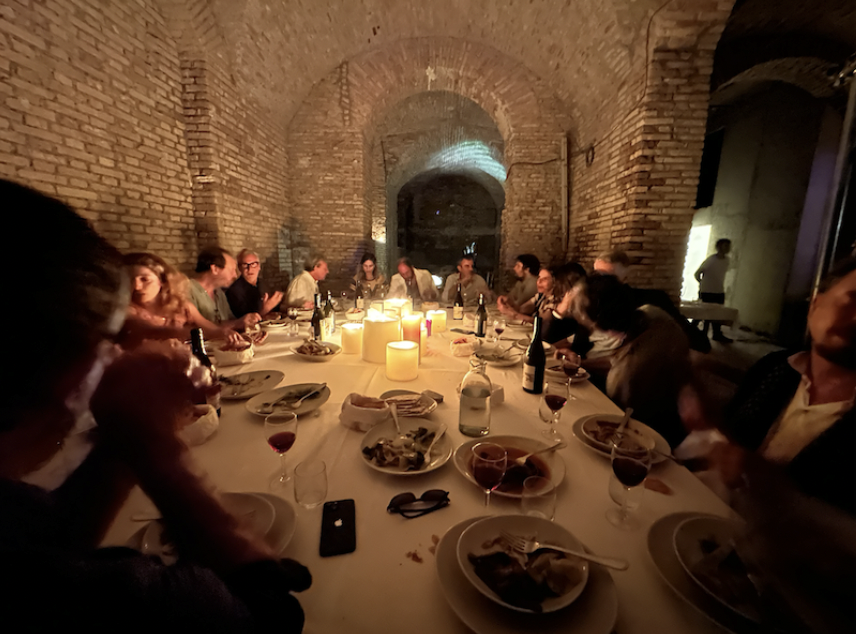
“Narciso. La fotografia allo specchio” (Photography in the Mirror), Baths of Caracalla – Until Jan 12th
Alongside the ancient roman ruins, 78 iconic photographs by 35 renowned 20th and 21st-century photographers are displayed to explore the theme of reflection, mirrors, and self-image inspired by the myth of Narcissus. The exhibition, part of a program celebrating the return of water to the Antonine Baths, features a range of symbolic images–from celebrity portraits to enigmatic interiors–plus a section on self-portraits.
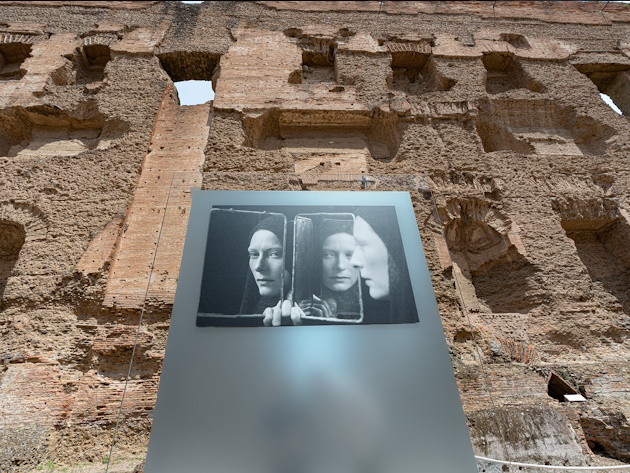
Tilda Swinton, 1991 © Fabio Lovino - Photo F. Caricchia for Soprintendenza Speciale di Roma
Polina Barskaya’s “Maternità”, Galleria Richter – Until Jan 11th
The Ukrainian artist’s first solo exhibition in Italy features new autobiographical paintings that capture moments of leisure from family trips in Tuscany, Umbria, and Lazio. The title reflects her evolving self-perception and connection to the world, and the exhibition is accompanied by a critical text by Maria Vittoria Pinotti.
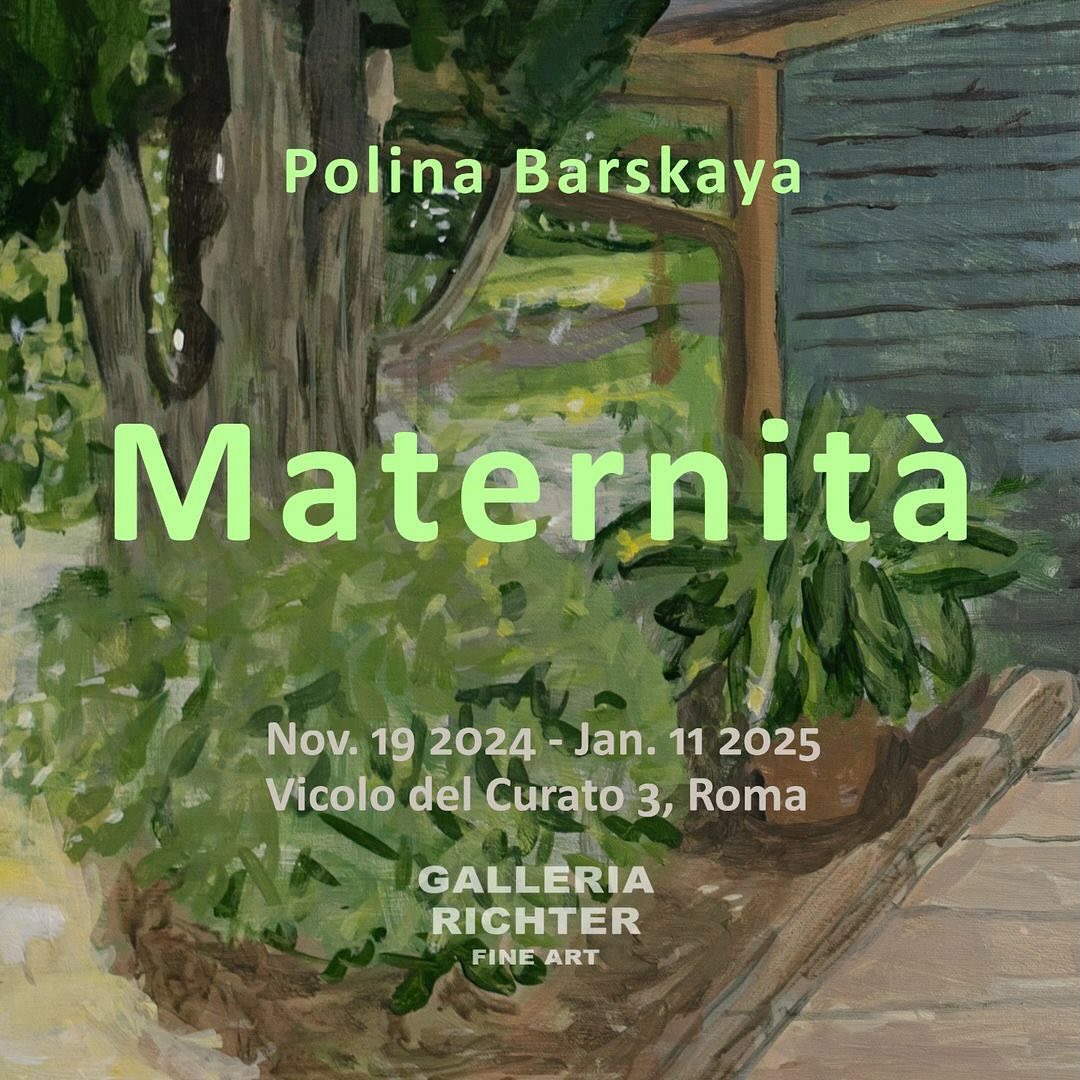
MILAN
Baj, Palazzo Reale – Until Feb 9th
One hundred years after his birth, Milan honors Enrico Baj, a key figure in the neo-avant-garde, with a major retrospective at Palazzo Reale’s Sala delle Cariatidi. Curated by Chiara Gatti and Roberta Cerini Baj, the exhibition spans nearly 50 works from the 1950s to the 2000s, showcasing Baj’s unique, surrealist creations–including his iconic Dames and Generals–that he uses to ironically critique bourgeois norms and authority.
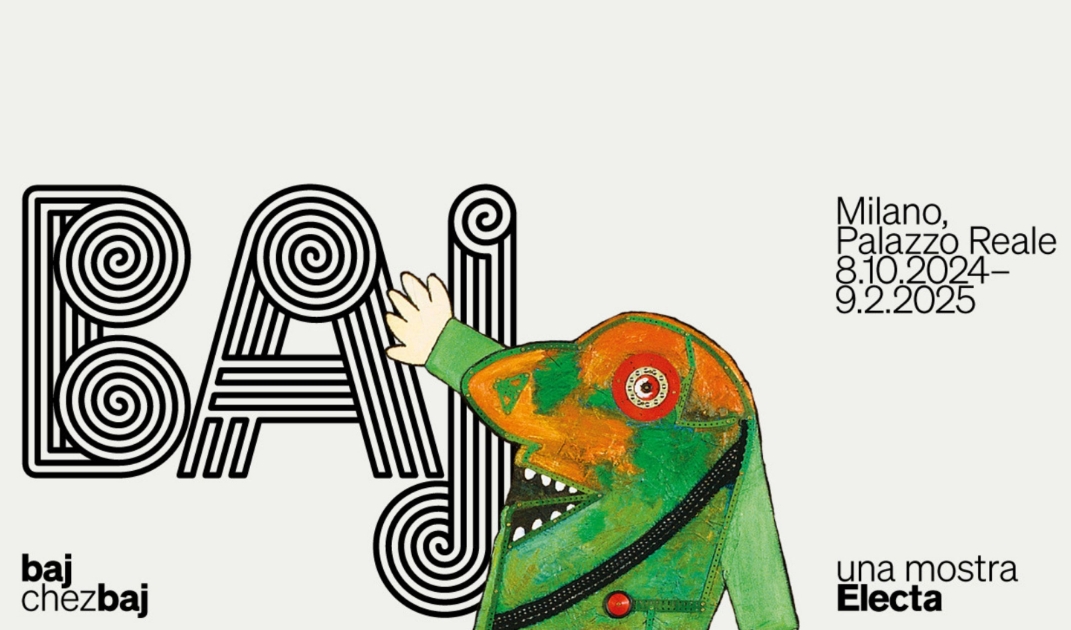
Niki de Saint Phalle: The Art of Defiance, MUDEC – Until Feb 16th
This exhibition brings the bold, colorful world of the Franco-American artist to Milan in her first major Italian retrospective. Beyond her iconic Nanas, this exhibition dives into her fearless activism, playful yet provocative vision, and rebellious spirit–much like her Giardino dei Tarocchi in Tuscany. With 110 works—including massive sculptures and Dior pieces—it’s a vibrant journey through art, feminism, and defying the norm.
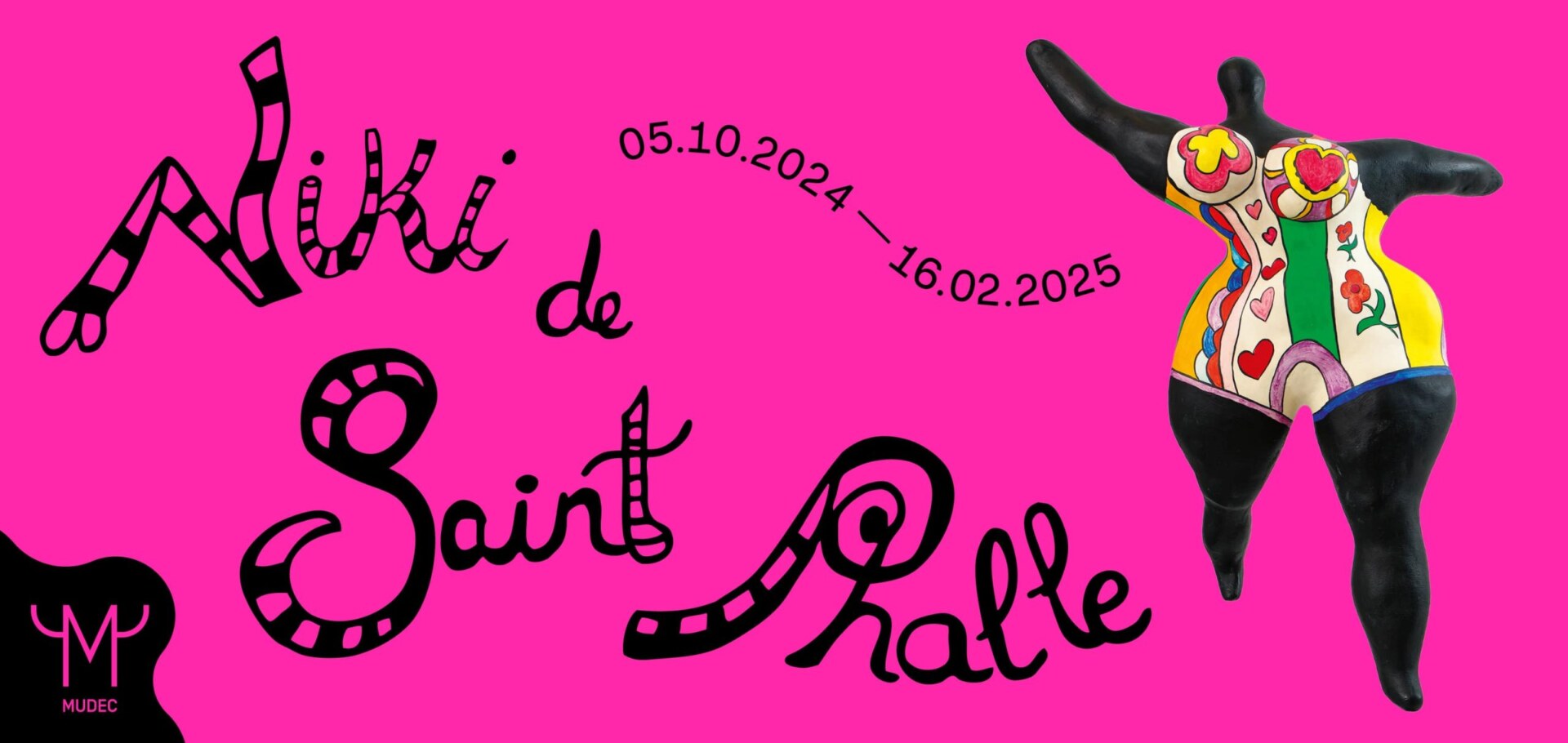
“La Forza del Destino” (The Force of Destiny), Teatro La Scala – December 7th to January 2nd
Riccardo Chailly kicks off the 2024/2025 season at La Scala with a new production of Verdi’s “La forza del destino”, his ninth Verdi opera at the theater. Directed by Leo Muscato, this complex 1862 opera features some of Verdi’s most iconic melodies; the Orchestra and Chorus of La Scala haven’t performed it since 1999–and tickets are going fast!
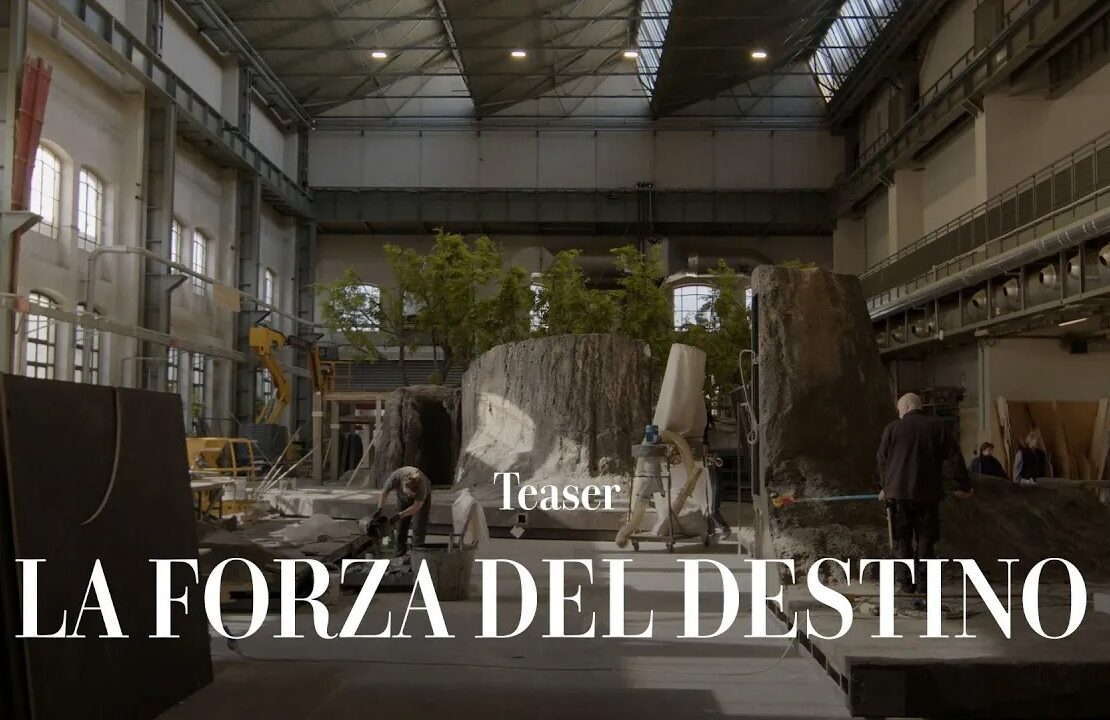
“Unseen” by Vivian Maier, Belvedere, Reggia di Monza – Until Jan 26th
The exhibition showcases 200 rare photographers alongside Super 8 films, contact sheets, audio recordings, and personal items in an exploration of Vivian Maier’s artistic and unconventional life. She is one of the pioneers of street photography, and the exhibition, curated by Anne Morin, includes previously unpublished works and features workshops, conferences, and events.
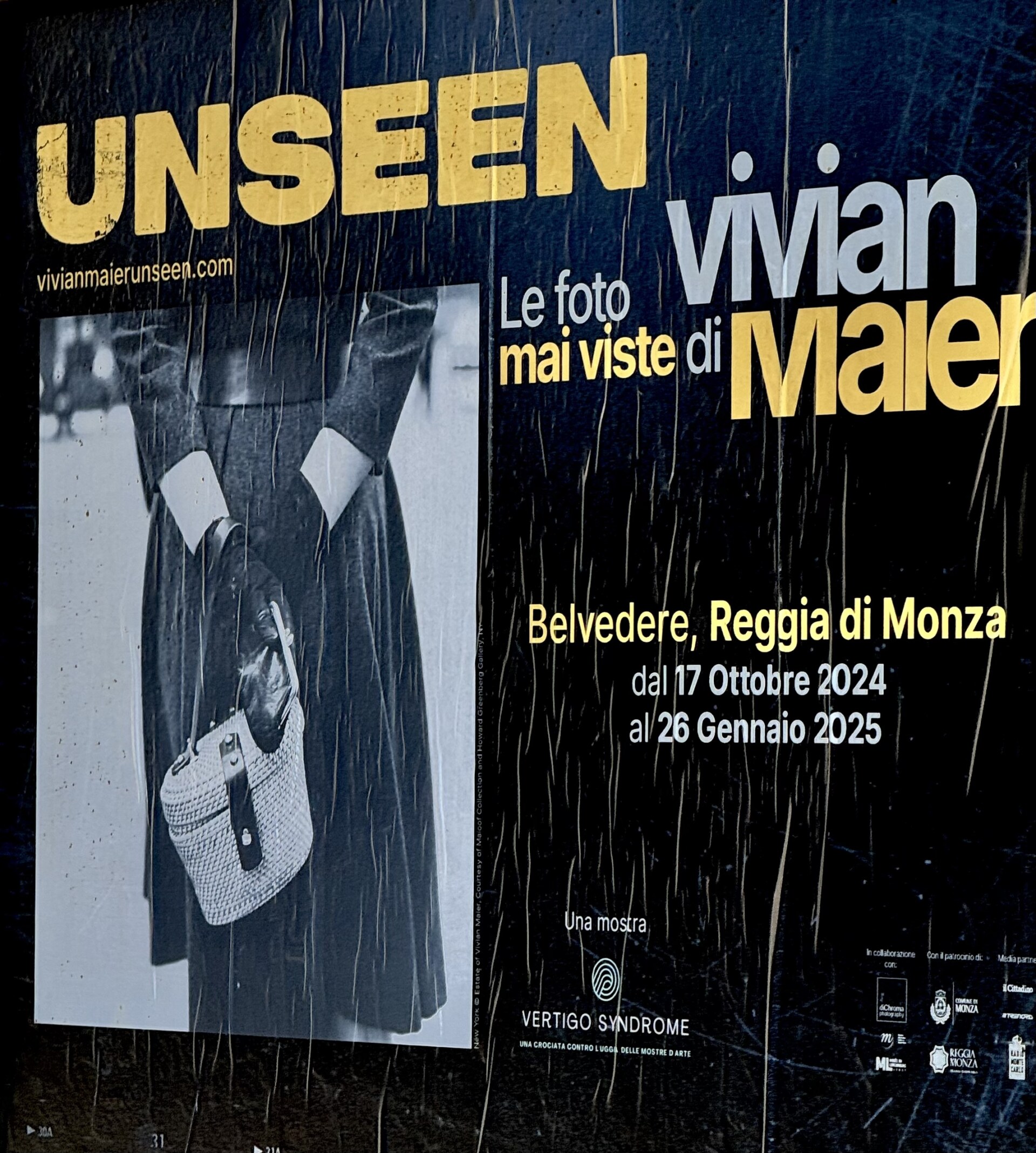
Marina Abramović’s “Between breath and fire” (Bergamo) – Until Feb 16th
At the new art and culture center, the Gres Art exhibition delves into themes of human greatness, solitude, and transience, beginning with Marina Abramović’s cinematic installation Seven Deaths, a tribute to Maria Callas that features 30 recent and historic works.
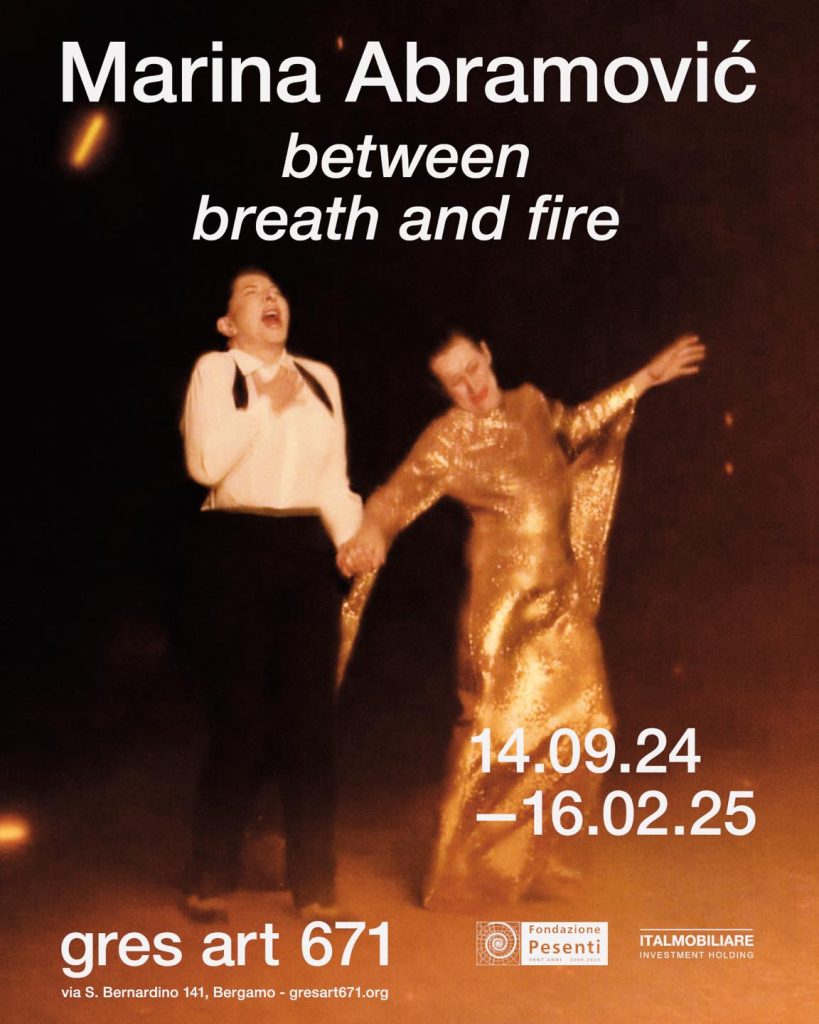
FLORENCE
Helen Frankenthaler’s “Dipingere senza Regole” (Painting without rules), Palazzo Strozzi – Until Jan 26th
This is Italy’s biggest celebration of Helen Frankenthaler (1928-2011), the game-changer who pushed Abstract Expressionism into bold new territory. This vibrant retrospective brings together her stunning and colorful canvases, works on paper, and sculptures alongside icons like Pollock and Rothko, with rare pieces from the Met, Tate Modern, and more. Curated by Douglas Dreishpoon, the show reveals how Frankenthaler’s fearless soak-stain technique redefined abstract painting and created an expressive universe that still electrifies the art world.

“Retroscena. Storie di resistenza e dissidenza nella Collezione Della Ragione” (Behind the Scenes: Stories of Resistance and Dissidence in the Della Ragione Collection), Museo Novecento – Until April 2nd
Eighty years after Italy’s liberation, the exhibit examines artists’ relationships with fascism through the Alberto Della Ragione Collection and spotlights the likes of Scipione, Mario Mafai, and Renato Guttuso, whose works reveal both silent and overt resistance. The selection highlights Della Ragione’s deep connections with these artists, showing their civil and moral defiance in a dark period of Italian history, whether through “talking” pieces like Guttuso’s Massacro or the prophetic, existential art of Scipione.
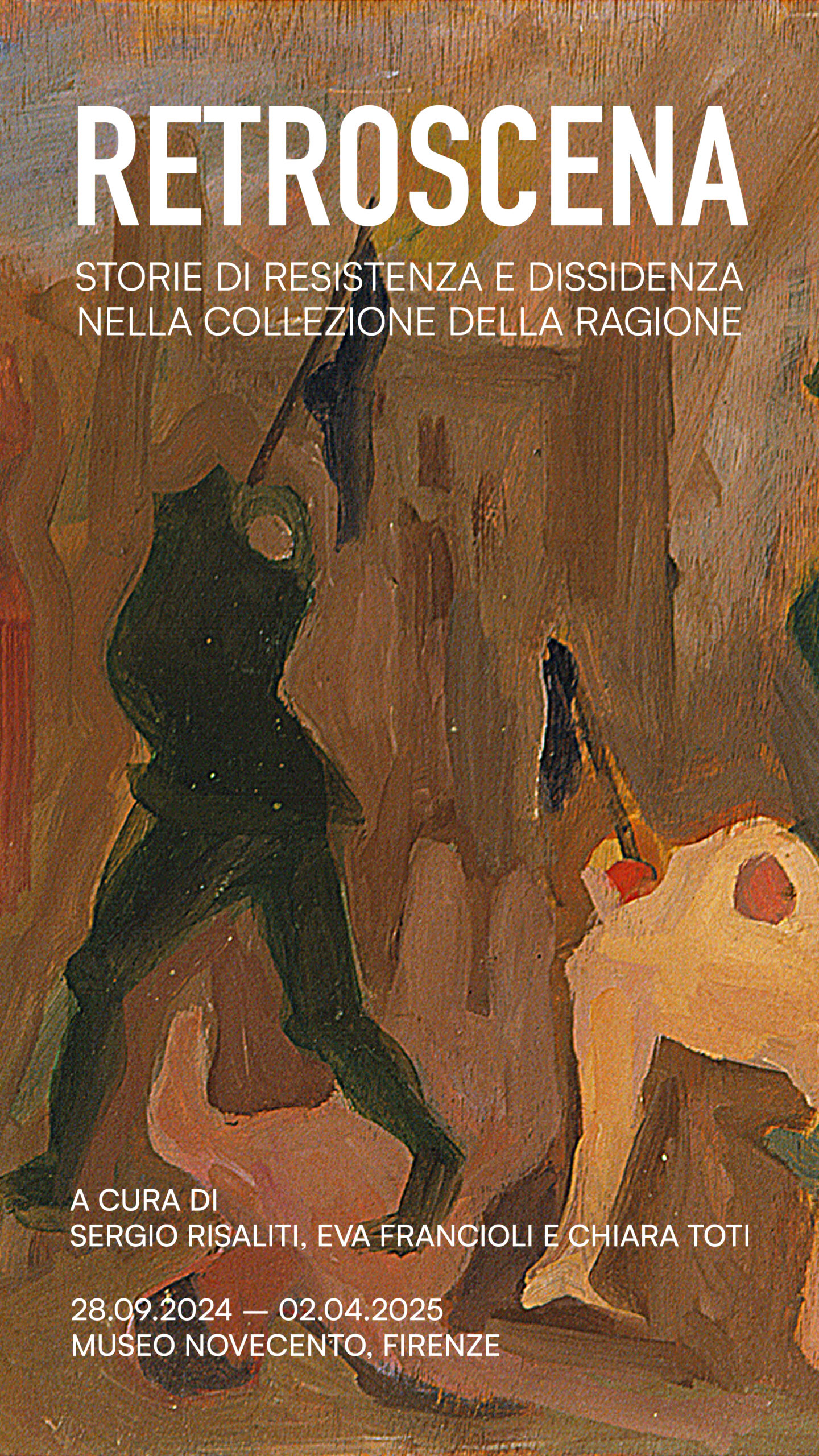
Michelangelo’s Secret Room
Michelangelo’s concealed “Secret Room”, discovered behind a trap door in Florence nearly 50 years ago, is open to the public for the first time in history at the Museum of the Medici Chapels in the Bargello Museum. His intimate chamber features charcoal and chalk wall drawings from 1530.
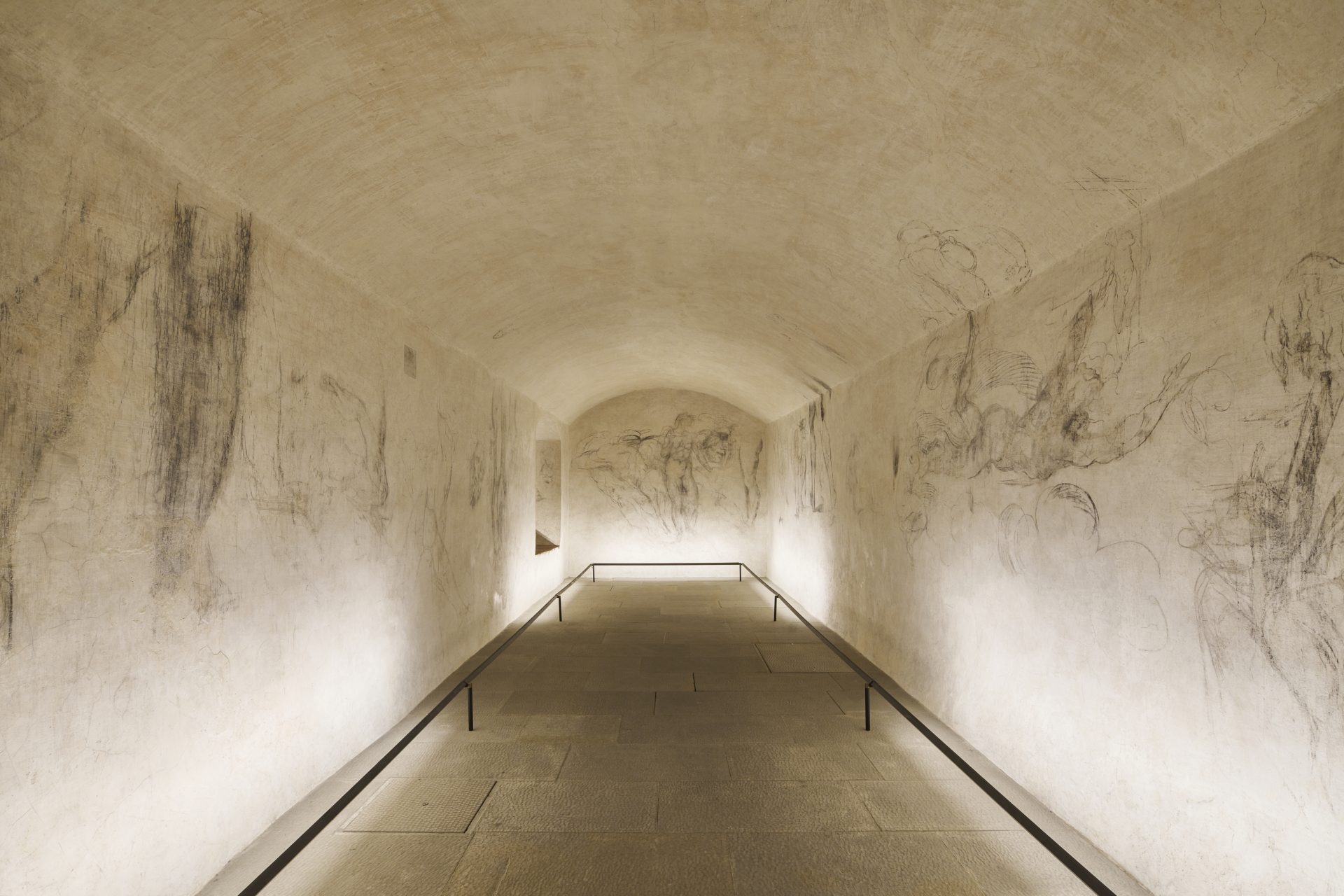
Photolux Festival: “Il Bel Paese?”, Lucca – Until Dec 15th, 2024
The festival explores the theme of Italian identity, drawing inspiration from Dante’s verses to highlight the duality of Italy as a land of both beauty and contradictions. Featuring works by 19 photographers, the exhibition presents a dialogue between renowned Italian and international artists and emerging talents, showcasing the country’s evolution and complexity.
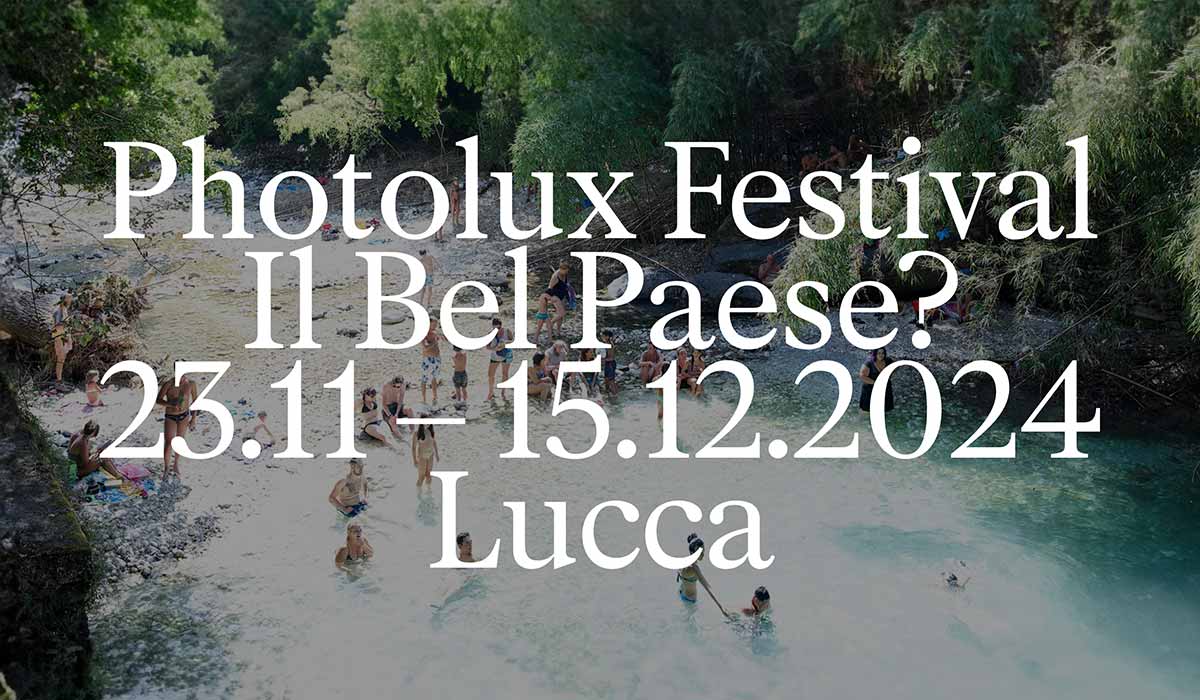
GENOVA
“Impression, Marisot”, Palazzo Ducale – Until Feb 23rd
Italy’s first major exhibition on Berthe Morisot showcases 86 works and rare documents that highlight the Impressionist’s life, career, and connections with figures like Renoir and Manet. Curated by Marianne Mathieu, the exhibition reveals new insights into Morisot’s time on the Riviera and her exploration of Mediterranean light, as part of the 150th-anniversary celebrations of Impressionism.
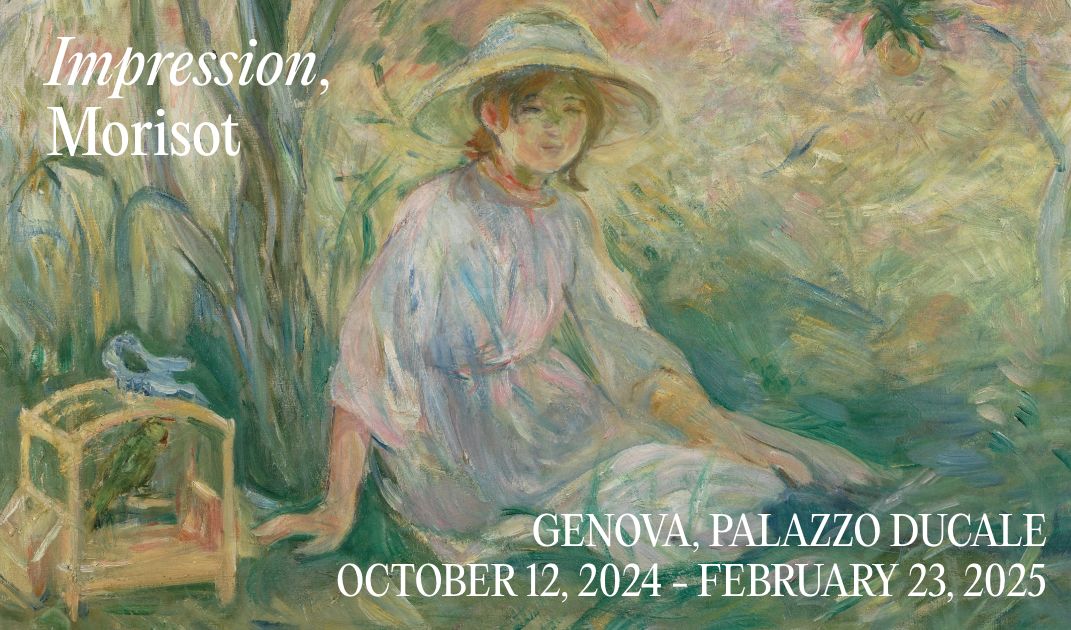
TURIN
Luci d’Artista (Artists’ Lights) – Until Jan 12th
This year marks the 27th edition of this exhibition, where the city transforms into an open-air art gallery as commissioned contemporary artists–this year, there are 27–built light installations across Turin.
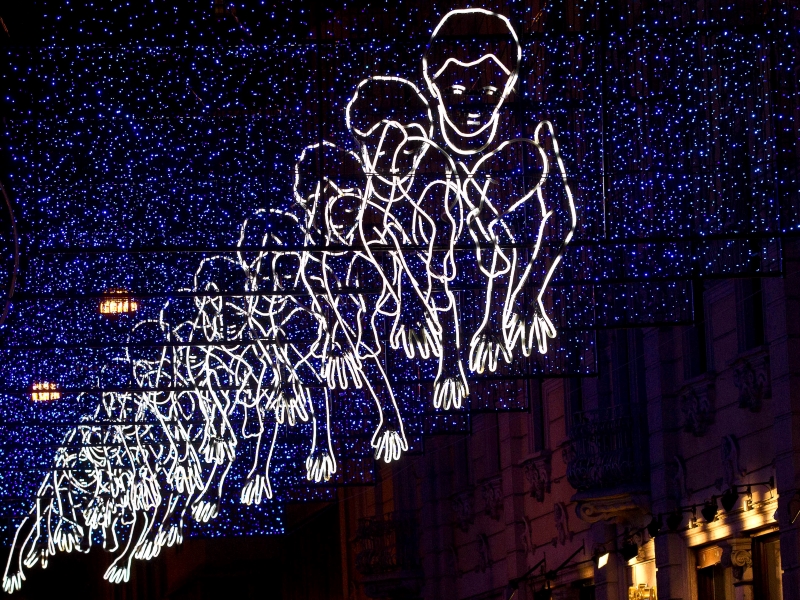
Torino 2025 FISU World University Winter Games – Jan 13th to 23rd
Winter sports enthusiasts should head north to see 58 countries compete across six Piedmont municipalities–Turin, Pragelato, Bardonecchia, Pinerolo, Torre Pellice, and Sestriere. The sports include alpine skiing, cross-country, curling, freeskiing, hockey, ice speed skating, snowboarding, figure skating, and biathlon, with ski orienteering and ski mountaineering as new additions.
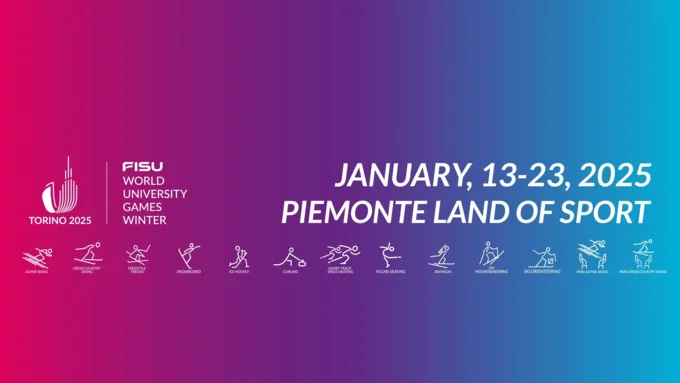
VENICE
Alessandro Cardinale’s “Nüshu – Writing the Void”, Oriental Art Museum – Until Jan 12th
The Museum of Oriental Art’s exhibition showcases ten sculptural works, five of which were created specifically for this exhibition. Drawing inspiration from the Yao women’s nüshu script, Cardinale explores the transience and ambiguity of images, creating works that appear and disappear based on the viewer’s position, reflecting the secretive, sisterly bonds of the women and their suppressed voices in the face of cultural restrictions.

Julie Mehretu’s “Ensemble”, Palazzo Grassi – Until Jan 6th
Curated with Caroline Bourgeois, “Ensemble” is Julie Mehretu’s largest European exhibition and spans 25 years of her work, featuring over 50 pieces, including recent paintings and selections from the Pinault Collection. The exhibition pairs her art with that of close artist friends, creating a dialogue around themes of displacement and collaboration to reflect Mehretu’s evolving practice and her connection with other perspectives.
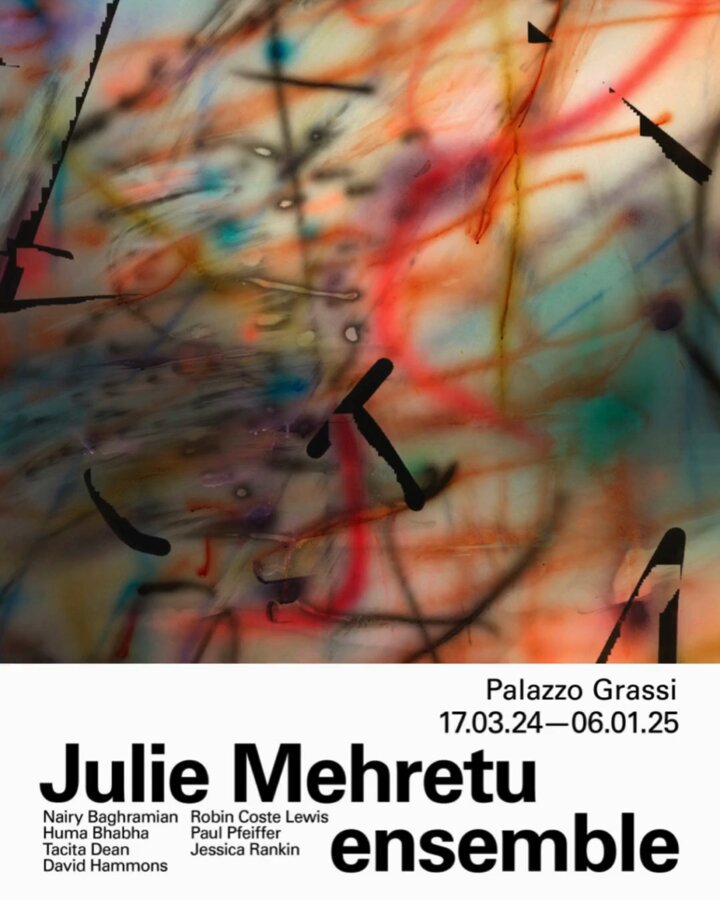
Carnevale – Feb 14th – March 4th
Mark your calendars for Italy’s largest festival, Venice’s Carnevale, and don’t miss checking out the various events both big and small happening over those few weeks.
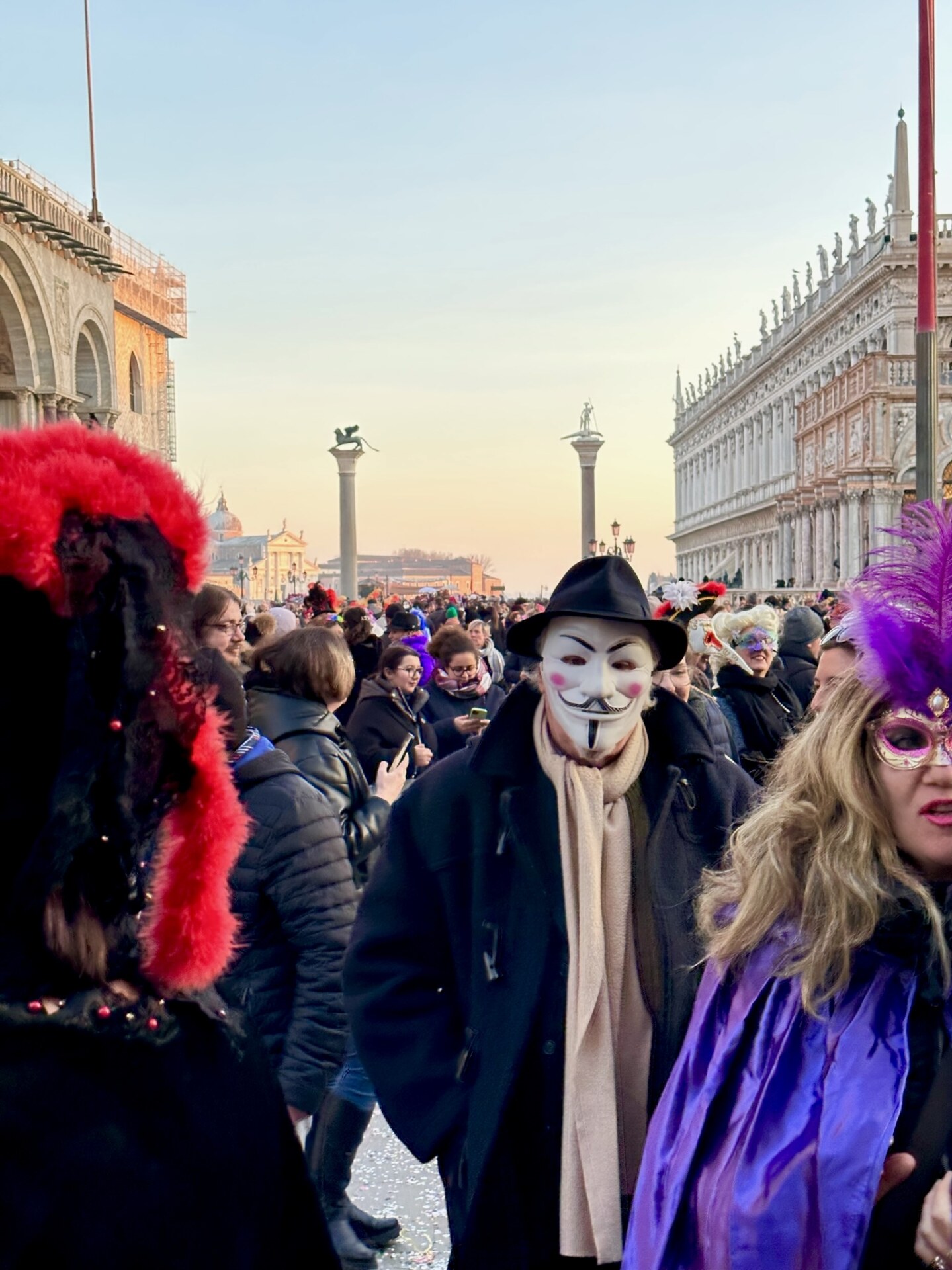
Carnival in Venice
AOSTA
Sant’Orso Fair – Jan 30th – 31st
This annual, thousand-year-old craft fair held in the capital of Valle D’Aosta invites craftsmen from all over the region to exhibit their wooden works. According to tradition, locals buy a new piece every year as a good omen. If you’re unsure what to get, look for a grolla, or friendship cup, a carved wooden chalice with multiple spouts to drink from; Aosta is also a great point from which to explore the rest of the valley.
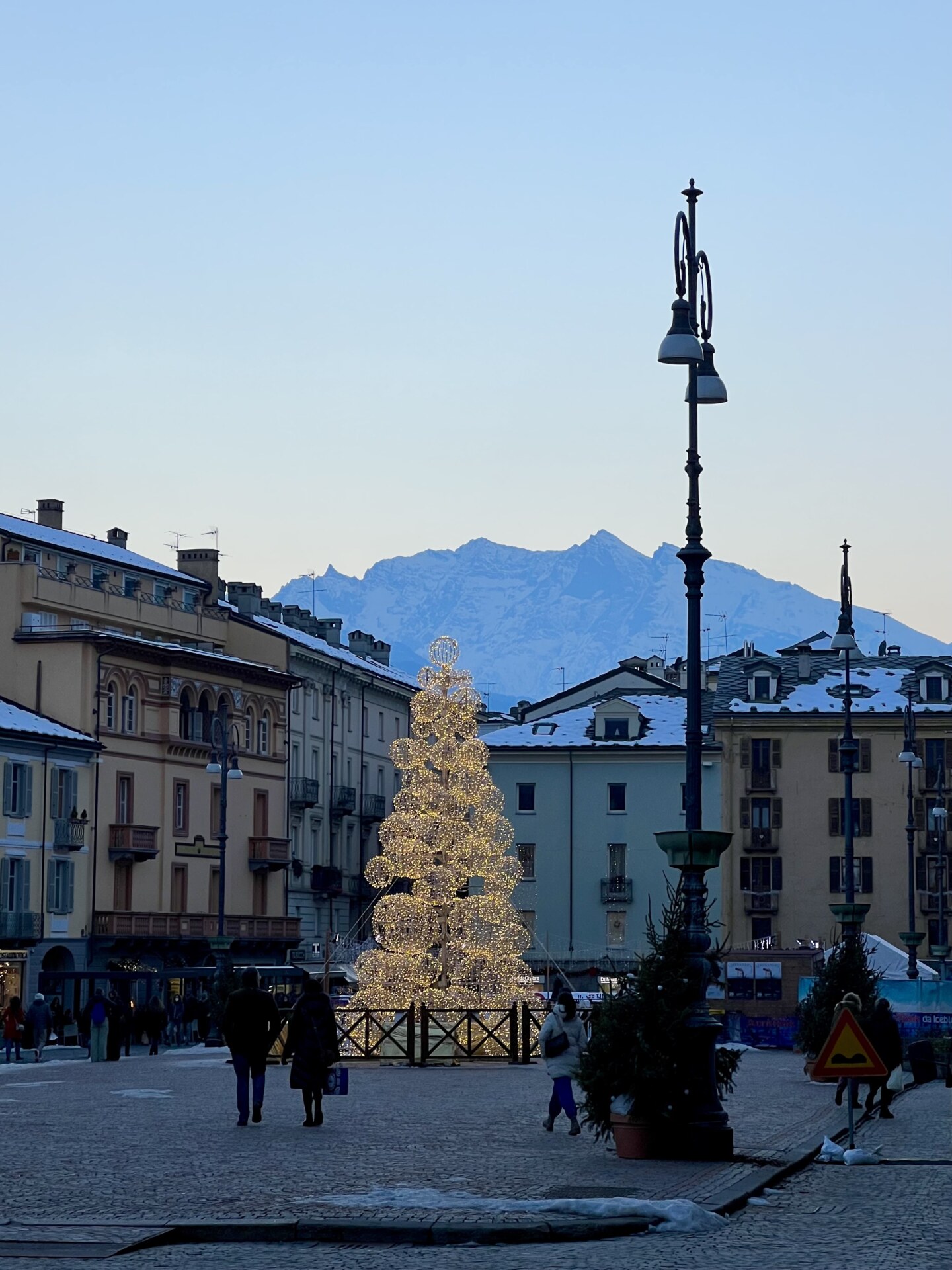
ORVIETO, UMBRIA
Umbria Jazz Winter – Dec 28th – Jan 1st
This winter, the 31st edition of this jazz festival will fill the streets of Orvieto with rhythm and blues, and we can’t think of a groovier way to start the new year.
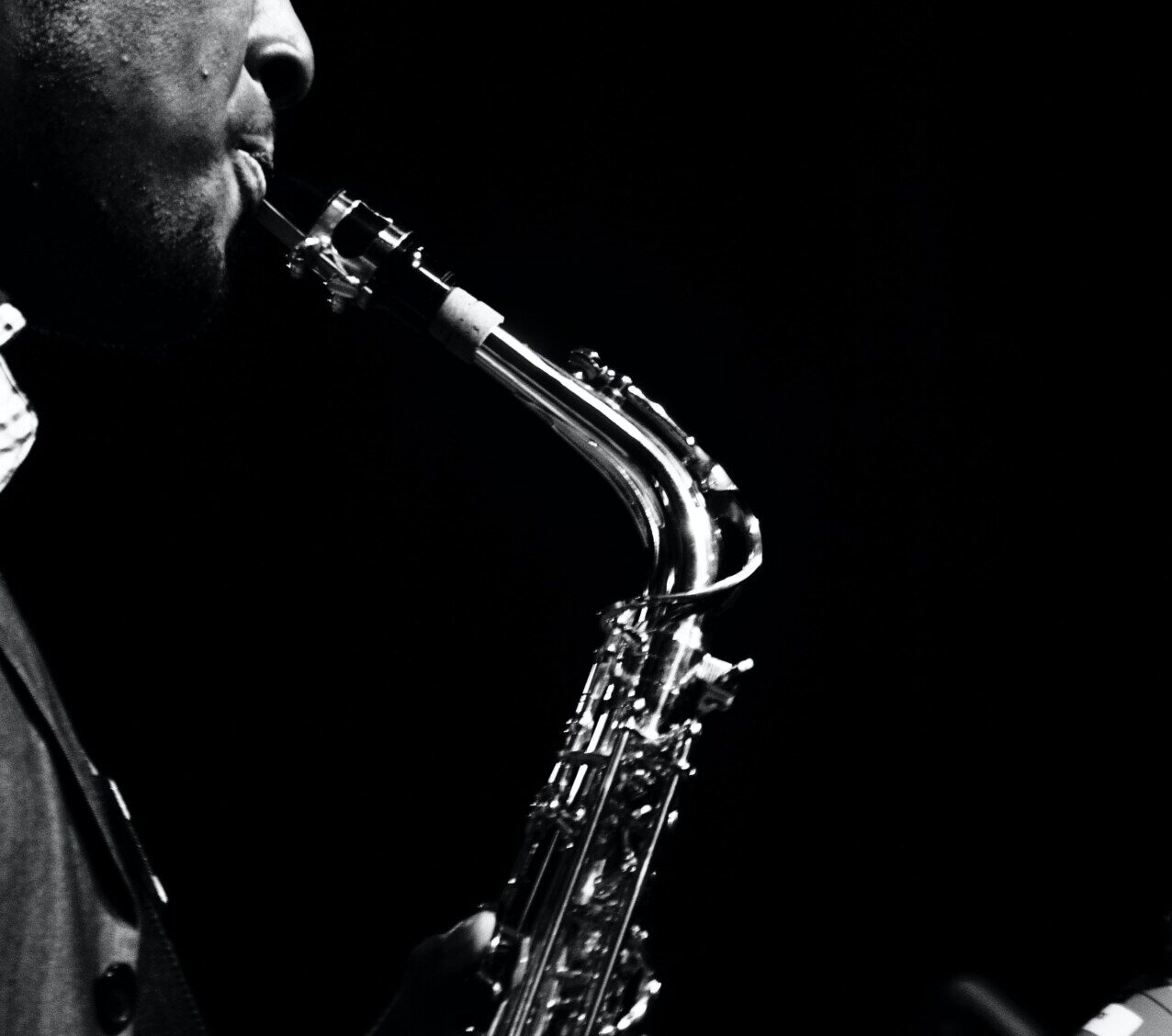
MOLISE
“Ndocciata” festival, Agnone – Dec 14th and 24th
Celebrated each year in the town known for its thousand year old bell production, the Ndocciata (dialect for “ignite”) festival is a fiery spectacle where massive torches, called “’ndocce,” are carried through the streets. Dressed in traditional shepherd capes, the male carriers represent the town’s five districts, and impressively dance and spin through the procession. The ancient ritual comes from Pagan rituals associated with the winter solstice, in attempts to illuminate the darkest day of the year.
